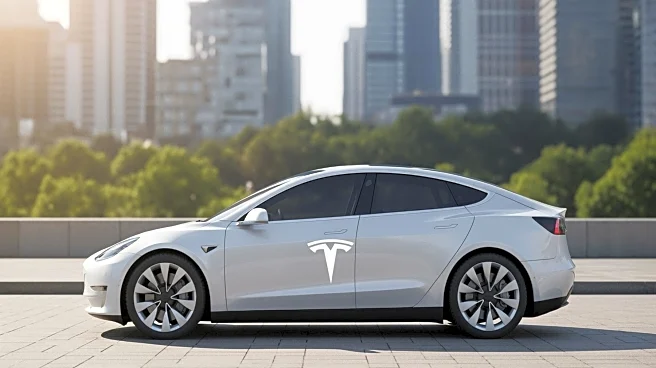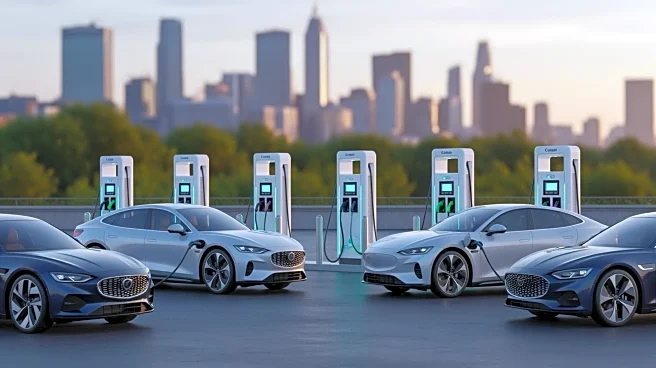What's Happening?
The Energy Policy Design Institute has launched the VPP Convergence Project to assist state public utility commissions in understanding and making decisions regarding virtual power plants (VPPs). VPPs manage
distributed resources like smart thermostats, electric vehicles, batteries, and solar arrays to function as a single grid resource. Despite their successful track record, VPPs are not widely understood. The project aims to provide tools and resources to help regulators and policymakers make informed decisions. The steering committee includes members from various organizations, and companies like Tesla and Sunrun are involved.
Why It's Important?
Virtual power plants represent a significant advancement in energy management, offering a flexible and efficient way to integrate renewable energy sources into the grid. By educating state utility commissions, the VPP Convergence Project seeks to overcome barriers to VPP deployment, such as enrollment caps and market reforms. This initiative could lead to increased adoption of VPPs, enhancing grid reliability and supporting the transition to a more sustainable energy system. The involvement of major companies indicates strong industry support, which could drive innovation and investment in VPP technologies.
What's Next?
The VPP Convergence Project will continue to develop resources and tools for regulators, aiming to facilitate the integration of VPPs into state energy policies. As understanding and acceptance of VPPs grow, states may begin to implement policies that support their deployment, potentially leading to increased investment in distributed energy resources. The project's success could pave the way for broader adoption of VPPs across the U.S., contributing to a more resilient and sustainable energy infrastructure.
Beyond the Headlines
The launch of the VPP Convergence Project underscores the importance of collaboration between industry, regulators, and policymakers in advancing energy innovation. By fostering communication and understanding, the project aims to bridge the gap between technological advancements and regulatory frameworks. This approach could serve as a model for other sectors seeking to integrate emerging technologies into existing systems, promoting a culture of innovation and adaptability.











